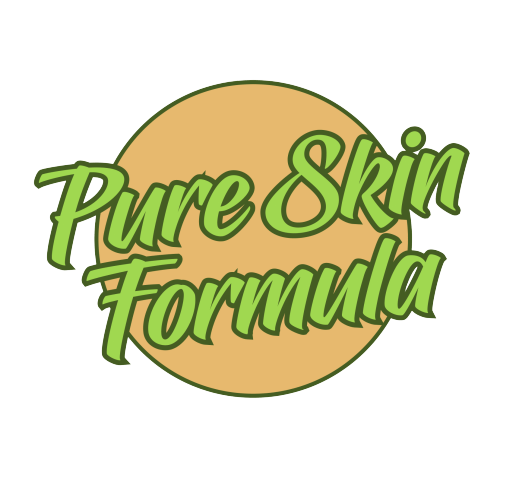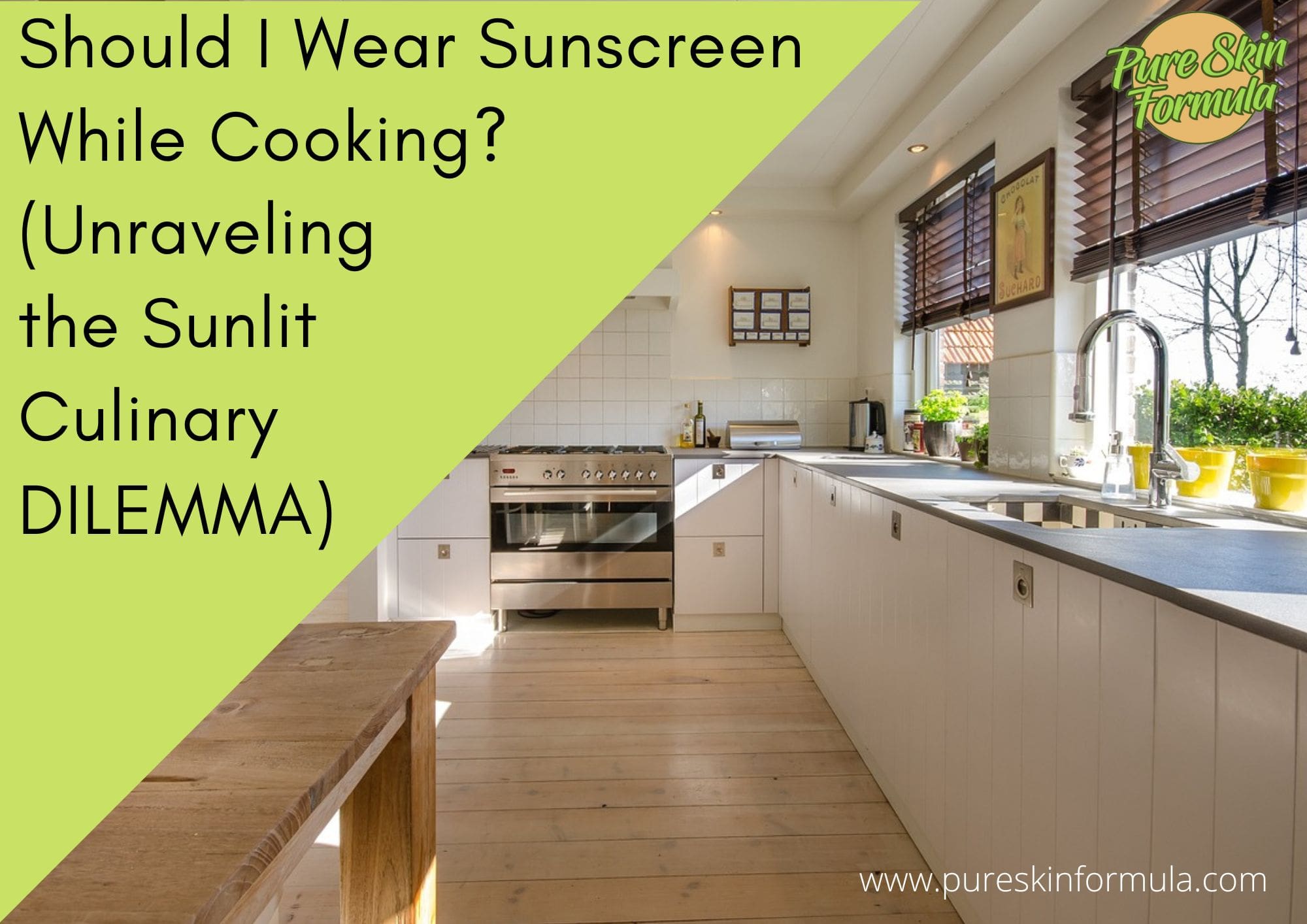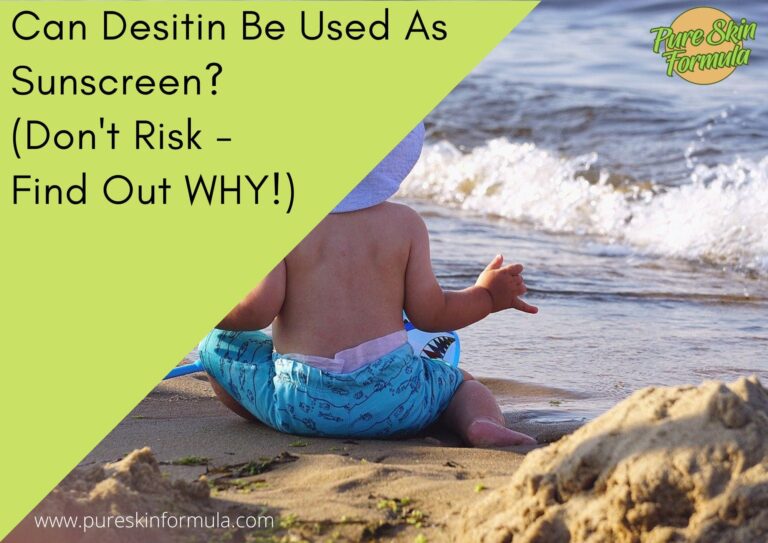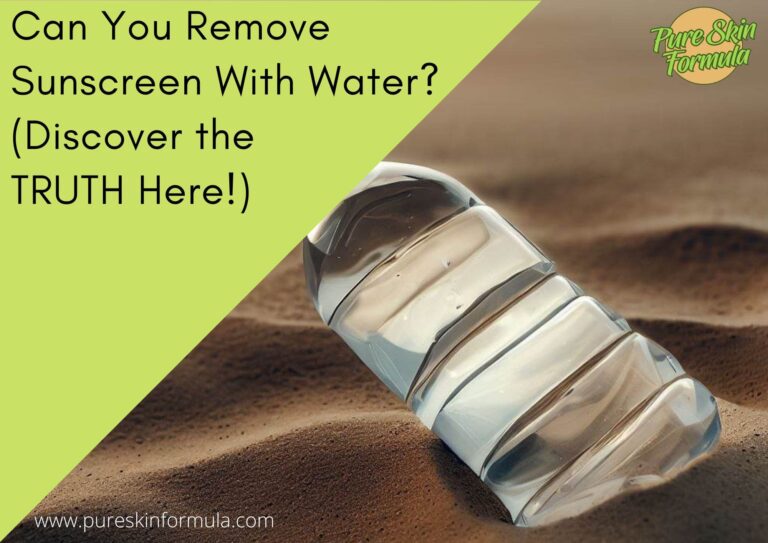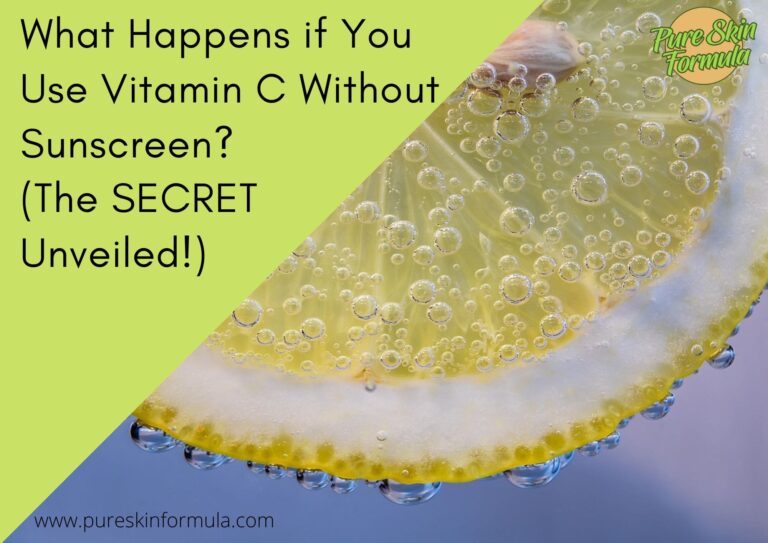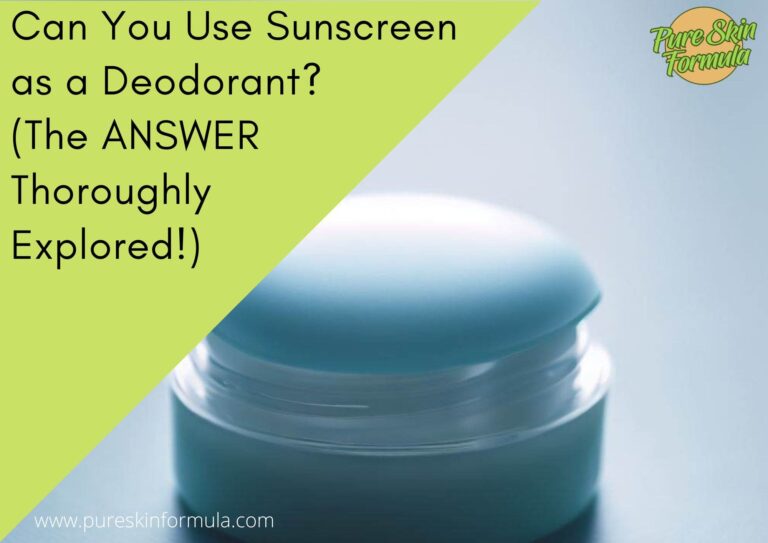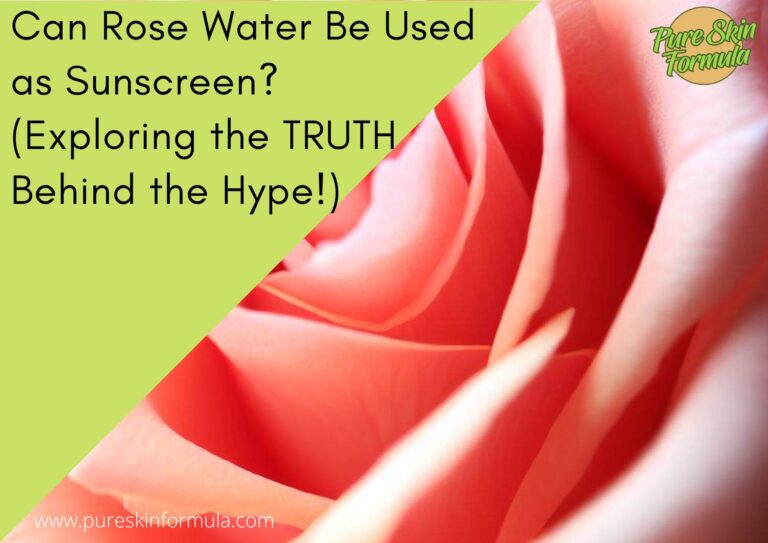Your delicate and remarkable skin deserves attention even when you’re whipping up a storm indoors. Whether you’re sautéing, simmering, or flipping that pancake, your skin is right there amid culinary action.
Especially if you have sensitive skin or a history of sun-related woes, shielding yourself from UV rays might pique your interest.
Let’s navigate this intriguing topic together. In this blog, we’ll unveil the nuances of UV exposure indoors, explore the art of balancing sun safety in the kitchen, and weigh the alternatives – from UV-blocking window treatments to the subtle elegance of sunscreen.
Should I wear sunscreen while cooking?
Wearing sunscreen while cooking indoors isn’t typically necessary. While UV rays can penetrate windows, most glass filters out the harmful UVB rays that cause sunburn.
However, if you spend prolonged hours near windows during cooking or have sensitive skin, wearing sunscreen with at least SPF 30 could offer extra protection against UVA rays. Alternatives include UV-protective window films or rearranging your kitchen setup to minimize sun exposure.
Ultimately, the decision depends on your level of exposure, skin sensitivity, and practicality.
Let’s go further, shall we?
Understanding UV radiation indoors
You might have heard that glass windows provide some protection from the sun, but it’s not a total shield. UV radiation, those sneaky rays that can cause skin damage, can go through windows and impact the indoors. So, even if you’re cozied up inside, UV rays might still find their way to you.

Think of UV rays as a dynamic duo: UVA and UVB. The first is like the silent players – they’re less likely to give you sunburn but can cause more profound skin damage over time.
On the other hand, UVB rays are responsible for those sunburns that turn you into a lobster lookalike.
Here’s the twist: glass is better at blocking UVB rays than UVA rays. UVB rays get absorbed or scattered by glass, which is good news for avoiding sunburn indoors.
But UVA rays, oh boy, they’re a bit more persistent. They can pass through glass with relative ease and, over time, contribute to skin aging and other skin-related issues. Sneaky, right?
So, even though you might feel safe from the sun’s grasp when you’re inside, remember that UVA rays can still find their way in. While it might not be a beach-level threat, understanding how UV radiation behaves indoors can help you make informed decisions about protecting your skin, whether lounging by a window or cooking up a storm in the kitchen. Stay curious and sun-safe!
Cooking near windows: assessing UV exposure
Let’s say: you’re whipping up your favorite recipe, and the stove is next to the window. Many cook near windows, whether it’s the lovely view, natural light, or convenience. But windows aren’t just for framing your culinary adventures; they also let in a bit of the sun’s invisible magic: UV radiation.
Not all windows are created equal in blocking UV rays. The type of glass, your altitude, and where you’re located on this beautiful planet can all affect how much UV radiation is getting through. If you’re cooking in a high-altitude area with clear glass, those UVA rays might make their way to your culinary masterpiece more than expected.
Why should you consider sunscreen indoors?
Now, you might be thinking, “Sunscreen indoors? Really?” Absolutely! Our skin doesn’t get a memo about staying protected only when outside. It’s our largest organ; giving it some love is good practice. Plus, sensitive skin or a history of sun-related skin issues can make the case for sun safety indoors even stronger.
Sensitive skin is like that delicate soufflé – it needs extra care. Even though you’re within the four walls of your kitchen, those UVA rays could be working their not-so-magical charm on your skin. If you’ve ever dealt with sunburns, premature aging, or other skin concerns, sunscreen could be your silent kitchen helper.
Choosing the right sunscreen
Picking the right sunscreen (or in combination with other substances like Vitamin C) is like selecting the finest ingredients for your dish – you want it to be just right. Opt for a sunscreen that’s labeled “broad-spectrum.” It shields you from UVA and UVB rays, covering all your sun safety bases.
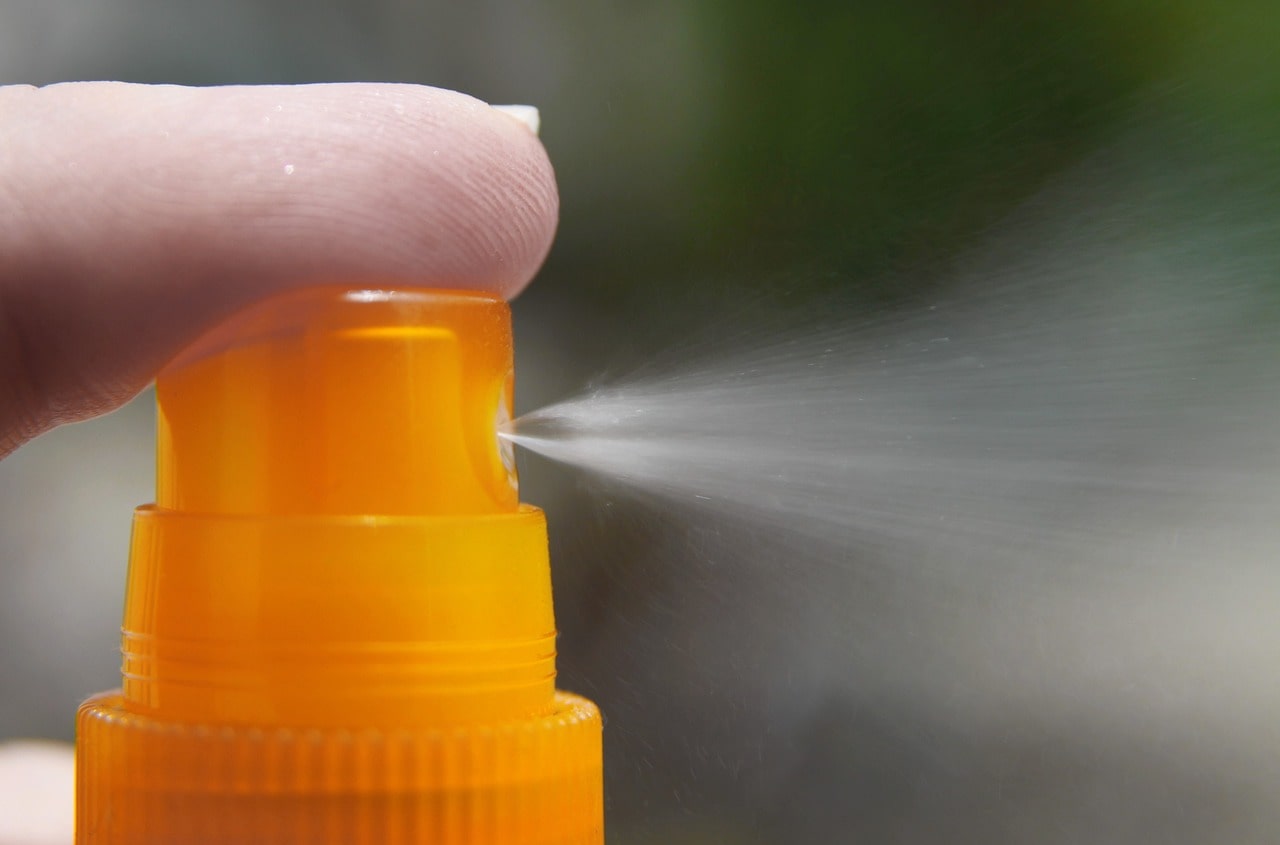
Now, let’s break down the sunscreen options. Physical sunscreens work like a shield, sitting on your skin’s surface and deflecting UV rays. They’re great for immediate protection but might leave a slight white cast.
On the flip side, chemical sunscreens sink into your skin, absorbing UV rays and transforming them into heat. They’re smooth but might cause skin sensitivity in some.
Physical sunscreens are your trusty knights in shining armor – they work when you apply them and are less likely to irritate. However, they might not be as sweat or water-resistant. Chemical sunscreens, while lighter, need some time to kick in after application and might not be ideal for those with sensitive skin.
For the SPF number- shoot for at least 30. It’s like choosing the right cooking temperature; it gives you optimal protection. SPF 30 blocks about 97% of UVB rays, a solid defense against sunburn and skin damage.
A higher SPF doesn’t mean you’re invincible. Reapply as needed, especially during those longer cooking sessions.
Are there alternatives to sunscreen while cooking?
I get it – sunscreen isn’t everyone’s cup of tea, and that’s perfectly okay. Wearing sunscreen indoors might not always be the most practical choice. Maybe you’re whipping up a quick meal or prefer a sunscreen-free cooking experience. No judgment here!
Here’s a nifty alternative – UV-protective curtains or films for your windows. These are like stylish shields against UV rays. They let you bask in the natural light without worrying about prolonged exposure to those sneaky UVA rays. So, let your culinary creativity flow, knowing your skin is getting some extra shade.
Cooking is an art, and every artist needs a break. If your cooking setup is right by the window, take short breaks away from direct sunlight. It’s like stepping backstage for a moment during your kitchen performance. Give your skin a breather and yourself a chance to enjoy the culinary journey.
Tips for sun safety in the kitchen
Like a well-orchestrated kitchen dance, consider rearranging your setup to minimize time near windows. Move your cooking station away from direct sunlight, giving UVA rays less chance to join the party. It’s a minor tweak that can make a big difference in protecting your skin.
Turn your kitchen into a runway by rocking some chef-approved sun-safe fashion. Long-sleeved shirts and wide-brimmed hats are your stylish allies against UV rays. Not only do they add a touch of elegance to your cooking attire, but they also provide an extra layer of protection for your skin.
Does cooking gas release heat and light as harmful to our skin as sun rays?
Based on my research, limited specific scientific evidence directly addresses the potential harm caused by cooking gas’s heat and light on the skin.
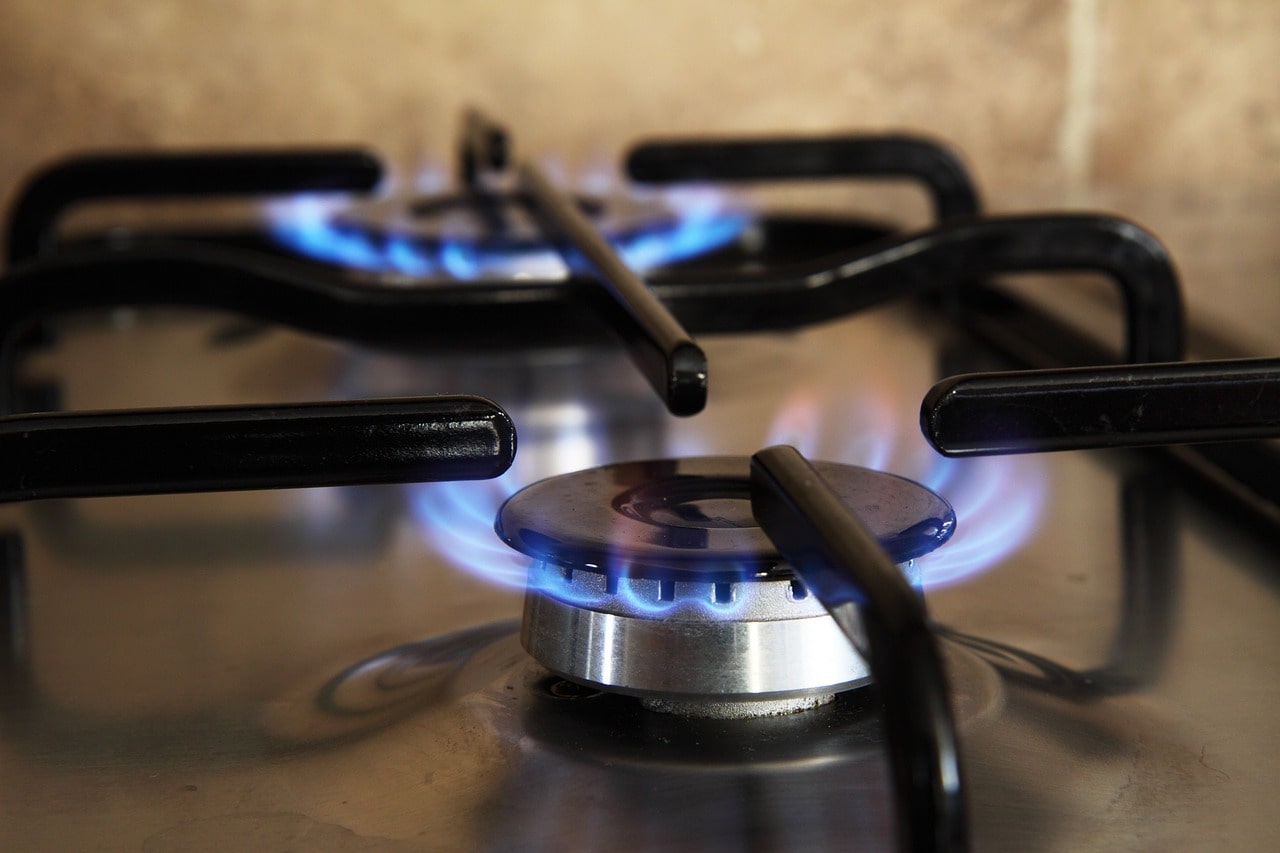
The statement that “cooking gas releases heat and light, and could be as harmful to our skin as sun rays” draws an analogy between cooking gas emissions and sun rays, suggesting that both could have detrimental effects on the skin.
However, this idea is relatively novel and may have yet to be extensively studied or established in scientific literature.
While UV radiation from sunlight is a well-established cause of skin damage and skin cancer due to its ability to damage DNA and cells, the heat and light emitted from cooking gas have not been a primary focus of dermatological research in the context of skin harm.
Any comparison between cooking gas emissions and sun rays would likely be qualitative rather than quantitatively exact, as the two radiation sources have different wavelengths, intensities, and interaction mechanisms with the skin.
It’s essential to rely on information from credible sources, such as peer-reviewed scientific studies and dermatological associations, to understand the potential risks associated with cooking gas emissions and their impact on the skin.
Conclusion
As you put the finishing touches on your culinary creations, remember that sun safety is an ingredient that shouldn’t be overlooked. With its gleaming windows and inviting light, the kitchen might harbor unexpected skin challenges.
Whether you use sunscreen, explore UV-blocking window treatments, or adjust your cooking setup, the choice is yours. By embracing the harmony of sun protection and cooking artistry, you’re crafting a narrative that celebrates your love for culinary magic and your commitment to skin well-being.
So, go ahead, cook up a storm, and savor every moment – all while knowing that your skin is basking in the embrace of sun-smart choices.
Thank you for reading,
Valeria
